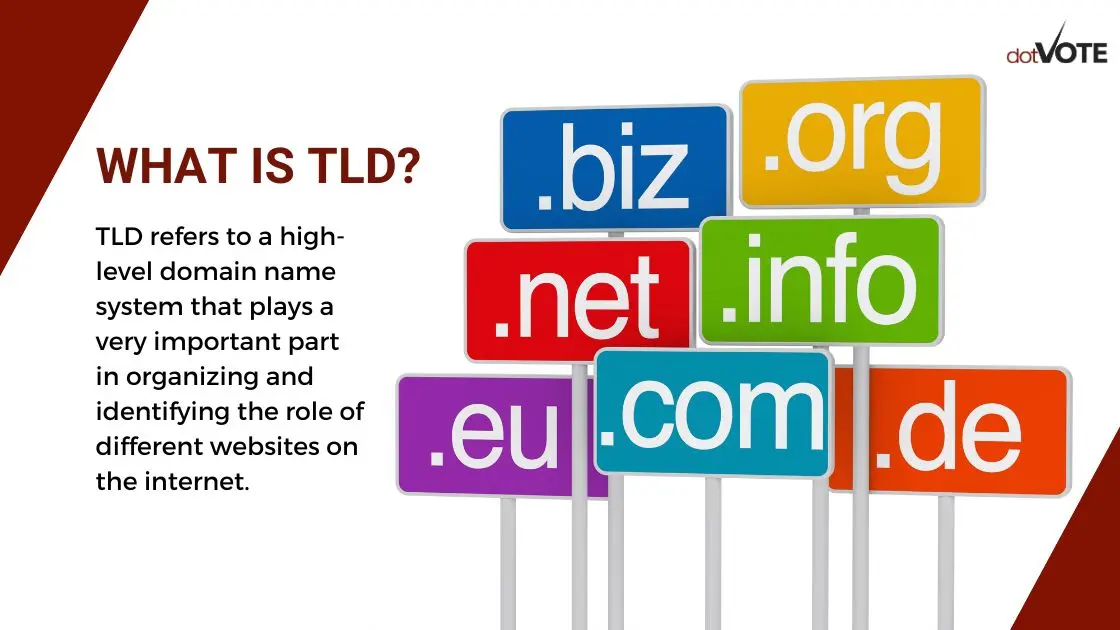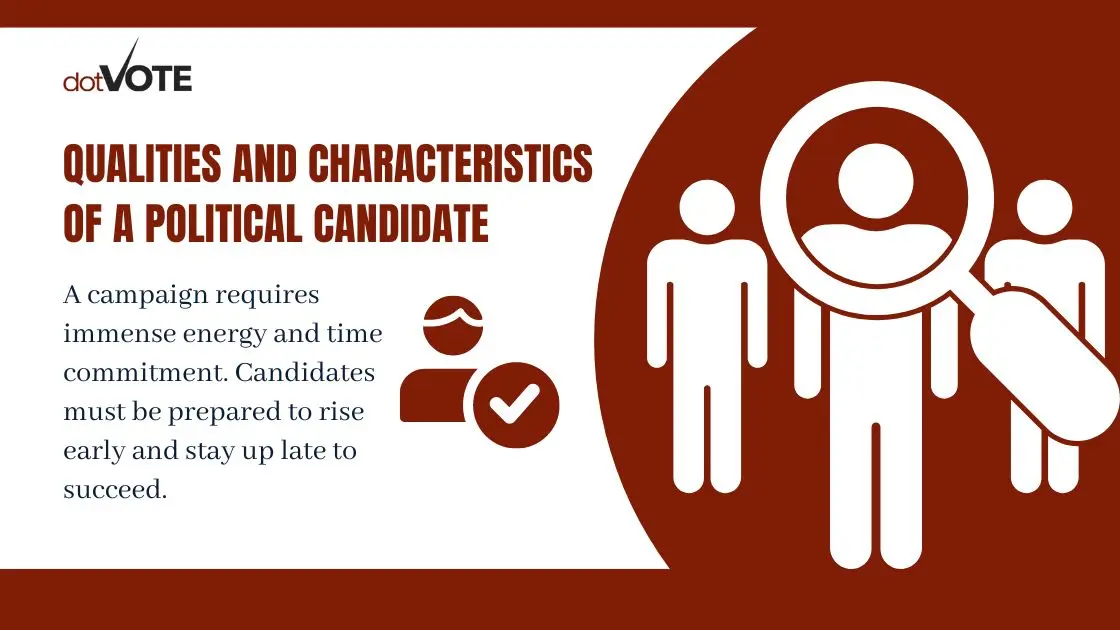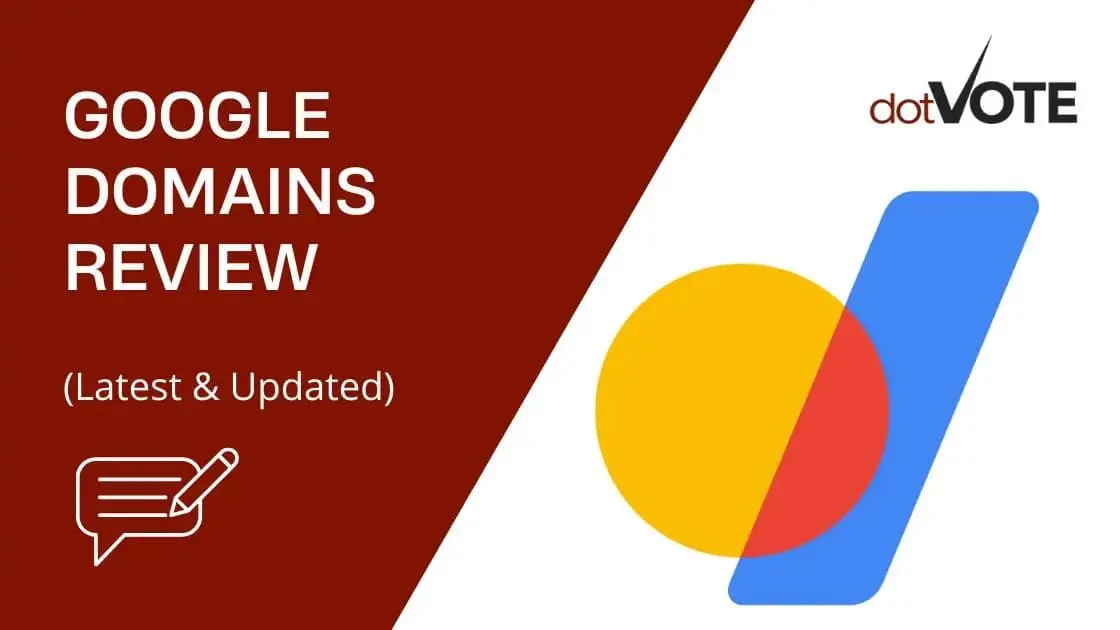Whenever you want to look at something online, you type the name of the website but have you ever noticed that the URL always ends with some specific set of letters, is .com, .net, .org, or others? These last letters represent the top-level Domain (TLD) of websites.
TLD (Top-Level Domains) refers to a high-level domain name system that plays a very important part in organizing and identifying the role of different websites on the internet. Different types of TLDs are available, including generic TLDs (gTLDs), country-code TLDs (ccTLDs), and sponsored TLDs.
If you are looking to register any domain name to establish your brand identity, then It is important to understand the function and importance of the TLD domain because different types of TLDs have different purposes.
Who is Responsible for Managing TLDs?
The Internet Corporation for Assigned Names and Numbers (ICANN) manages the TLDs. It is an organization based in the United States responsible for coordinating the global internet’s systems of unique identifiers, including IP addresses, domain names, and protocol parameters.
ICANN works while collaborating with many stakeholders, such as businesses, governments, technical experts, and inter-users, to ensure the system is stable and working smoothly. ICANN has also set policies for managing TLDs so that the users can get the TLDs without any hurdles.
Types of Top-Level Domains
Generic Top-Level Domains (gTLD)

Generic Top-level Domain is a very important type of top-level domain. They can be used by anyone worldwide for general purposes because they are open for registration to people, organizations, and businesses. Here we have listed some gTLDs that are most popular:
- .com – for commercial sites
- .org – for organizations
- .net – for networks
- .info – for information platforms
- .vote – for political/voting campaigns
- .biz – for businesses
Despite the name of a generic top-level Domain, they can still give information and purpose behind the website. For example, .org is a gTLD representing organizations, or .info is a gTLD representing the site as an informational platform. So, the gTLDs are not all about the general domain, and you can get an idea of website purposes.
In 2011 the gTLDs evolved more, allowing established organizations and companies to register their gTLDs, and companies started to make their gTLDs more specific. Here are a few sites with their specific gTLDs:
- .amazon
- .apple

Generic-Restricted Top-Level Domains (gTLD)
Generic-Restricted Top-Level Domains (grTLDs) are similar to gTLDs but have additional website restrictions. These TLDs are reserved for specific industries, communities, and private agencies. TLD is only limited to registered members; no other individual can access it.
Some examples of generic restricted top-level domains are .bank, .edu, .gov, and others that are only reserved for specific organizations such as government agencies, banks, and educational institutions.
If you are looking to register a domain name under the grTLD then you need to meet the criteria to be eligible and provide the documentation to verify your status. This helps legitimize organizations to use these TLDs and prevent domain name misuse.
Sponsored Top-Level Domains (sTLD)
These Sponsored Top-Level Domains are sponsored by private organizations and agencies specifically reserved for those groups and communities that share the same themes, like government agencies or businesses. Some of the most popular sTLDs are:
- .gov
- .museum
- .edu
- .mil (U.S. military)
The community and organization that sponsors sTLD set all the guidelines and rules regarding using TLD guidelines to clarify who can register these domain names under the TLD. These rules and guidelines are made to ensure no misuse of sTLD.
Country-Code Top-Level Domains (ccTLD)
Country code top-level domains are used to differentiate between countries; two letters were introduced, which were associated with countries and geographical regions. There are 312 country codes and top-level domains established for territories and counties. These geographical extensions have managers dedicated to ensuring that every ccTLD operates according to the policies and meets the criteria of linguistics, regional culture, and legal standards. Some of the most well-known ccTLD include:
- .us – for the United States
- .es – for Spain
- .fr – for France
- .it – for Italy
- .br – for Brazil
The main purpose of ccTLD is to help visitors identify the organization type or geographical location linked with the domain name. These types of TLDs are essential to the internet’s infrastructure because it helps users access the right website.
Test Top-Level Domains (tTLD)
Test Top-Level Domains (Test TLDs) is a domain used for testing purposes before releasing a website to the public, such as testing software applications, domain name systems, or new TLDs.
The test TLD is not an official part of the domain name system and can not be recognized by any search engine or browser. These TLDs are used in closed testing environments for internal testing or the development of environments. Some examples of test TLDs are:
- .example – for place holding
- .invalid – for invalid domain names
- .localhost – for usage in local networks
- .test – for testing purposes
Infrastructure Top-Level Domain
Infrastructure Top-Level Domains (Infrastructure TLDs) are not available for public use. It can only be used to support the technical infrastructure of the internet. There is just one TLD in this unique category which is the Address and Routing Parameter Area (ARPA), which is managed by the Internet Engineering Task Force (IETF) and Internet Assigned Numbers Authority (IANA) organizations and controlled by the Internet Architecture Board (IAB) and is used solely for technological infrastructure purposes.
Importance of TLD in Domain Name
The Top level domain has great importance and impact in establishing a website. TLDs play a critical part in making your brand identity and its purpose. Here are some of the key reasons why TLDs are important in domain names:
Establishing identity
The top-level domain is a very important part of the domain because it helps websites establish their brands’ purpose and identity. For Example, if you have a commercial website, then .com TLs will be used for your domain because this TLD is used for commercial use, and if you are a non-profit organization, then .org is your go-to domain. Different Top-level domains have different purposes, and by using a suitable TLD, you can establish the purpose of your website.
Enhancing credibility
TLD enhances the credibility of your website and shows visitors that your website is legitimate. Using the right TLD associated with your website type can make your website credible in visitors’ eyes.
Geographic targeting
The top-level domain also plays an important role in targeting geographical locations. Using the right TLD to target locations is useful for organizations and businesses in specific regions. For example, using the country code, TLD can help website owners to target local users and get more organic traffic to increase the website’s visibility.
Branding
A top-level domain can also help in branding by creating a memorable and unique TLD that can help you to make your brand authentic and establish its identity, making it more recognizable for visitors.
How to Choose the Best TLD?
Selecting the right Top-Level Domain (TLD) for your web page is essential because it significantly impacts branding, search engine optimization (SEO), and the overall website’s online presence. Here are some things to consider while choosing the ideal TLD for your website.
Purpose
The first thing that you need to consider while choosing the best TLD is to determine the purpose of your website and then choose a TLd that reflects the purpose of your website. For example, if you want to make a website for posting informational content, then .info is a suitable TLD for you.
Target audience
Always consider the target audience and their geographical location. For example, if you want to target other countries or regions from your website, use country code TLD.
Availability
Check the TLD domain availability, and if it is already taken, then you need to use an alternate TLD, or you can also modify the name of your domain.
Branding
Select a TLD that aligns with your branding approach and makes your domain name easy to remember for users. A unique domain name can help you stand out and improve brand recognition.
Do Top-level domains affect SEO?
Top-level domains do not directly impact the SEO performance of your website. However, using complex and unusual extensions for a domain can lead your website to have fewer inbound links and traffic to your website. Google has confirmed no advantage or disadvantage to using any type of top-level Domain in SEO. Apart from the direct impact on SEO, it has other effects, like your domain can impact your visitors and how they perceive your brand.
The TLDs are a matter of trust and credit because using a top-level domain can give your website more credibility and user trust because it seems more legitimate and authentic. A study in 2022 shows that the most used and trustable TLDs are .com and .org among users. This means using these TLDs will increase your chances of getting clicks to your site and organic traffic.
Conclusion
The top-level domain is among the best and higher in the domain name system. The TLD helps users to know the purpose and location of the website. TLDs are a very important part of your website, so choosing your TLD carefully by doing the proper research on your website is important.
If you want to choose a TLD domain and get confused by the many domains available, go through this article, find the purpose of different TLD domains, and choose the perfect domain for your website.
Breathe life into your online voice – effortlessly acquire your .vote domain from 101domain.com, allowing your digital expression to resonate authentically.
Frequently Asked Questions:
Q1: What is a top-level domain (TLD)?
A top-level domain (TLD) is the last segment of a domain name, located to the right of the final dot in the domain name. For example, in the domain name example.com, the TLD is .com.
Q2: What are the different types of TLDs?
There are two main categories of TLDs: generic (gTLDs) and country-code (ccTLDs). gTLDs include TLDs such as .com, .net, and .org, while ccTLDs include TLDs such as .us (United States), .uk (United Kingdom), and .de (Germany).
Q3: Who manages TLDs?
The Internet Corporation for Assigned Names and Numbers (ICANN) is in the role of maintaining TLDs. ICANN conducts and manages the distribution and handling of TLDs and the security and stability of the internet’s name system.
Q4: Can a TLD affect my website's search engine ranking?
The TLD has no direct impact on the search engine ranking of your website. But the content and relevance of the site will influence the way it ranks in search engines, and the TLD you select may indirectly impact these factors.





















